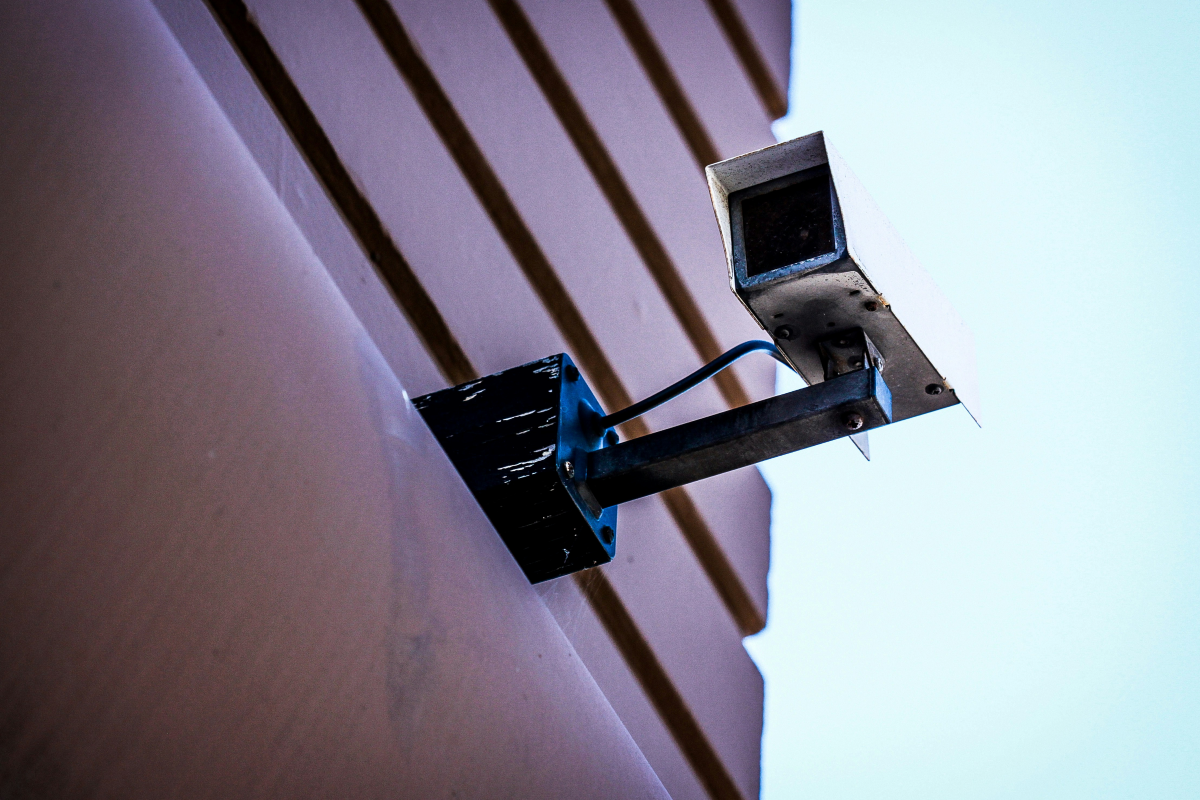
At Pye-Barker Fire & Safety, we’ve watched alarm monitoring evolve over decades. Now, with the introduction of the ANSI/TMA AVS-01 Alarm Validation Standard, the security industry is experiencing its most significant transformation in how monitoring centers classify and communicate alarm events to emergency responders. As cities nationwide adopt verified response policies, understanding AVS-01 isn’t just important, it’s essential to ensuring your alarm system gets a response when you need it most.
What Is AVS-01?
AVS-01 establishes a standardized method for creating an alarm scoring or classification metric for unauthorized human activity detected by alarm systems, helping law enforcement with resource allocation and call-for-service prioritization. Instead of treating every alarm activation the same way, the standard assigns each alarm a score from Level 0 to Level 4 based on available evidence:
Level 0: No service call requested (alarm canceled or confirmed as no threat)
Level 1: Call for service with no additional information to confirm human presence—lowest priority response
Level 2: Call for service with confirmed or highly probable human presence with unknown intent
Level 3: Call for service with confirmed threat to property
Level 4: Call for service with confirmed threat to life
This standardized approach addresses a critical problem: police respond to approximately 36 million alarm activations annually in the United States at an estimated cost of $1.8 billion, with 94 to 98 percent of these calls being false alarms.
Why Cities Are Moving to Verified Response
The numbers tell a compelling story. In Seattle, the 911 Center received approximately 13,000 residential and commercial burglary alarm calls in 2023, with less than 4% confirmed to have an actual crime associated with them. With current staffing levels, officers’ average response time to alarm calls in Seattle exceeded 2.5 hours—essentially making unverified alarms ineffective for crime prevention.
Cities implementing verified response policies aim to:
- Free up limited police resources for genuine emergencies
- Improve response times to confirmed threats
- Encourage property owners to upgrade to verification-capable systems
- Reduce the burden that false alarms place on emergency services
Seattle implemented its verified alarm response policy in October 2024, requiring video, audio, panic alarm activation, or eyewitness confirmation before officers will respond. They’re far from alone as verified response policies now exist in major cities across the country.
What This Means for Your Security System
Here’s the reality: if your alarm system can only signal that a sensor was tripped, it may now generate a Level 1 classification which is the lowest priority. In many jurisdictions, that means no police response at all.
To ensure priority response, your system needs verification capabilities:
- Video surveillance integrated with your alarm system
- Audio verification technology
- Proactive monitoring services
- Access control integration
Beyond police response, AVS-01 compliance offers additional benefits:
- Demonstrates due diligence for liability protection
- May reduce insurance premiums
- Provides better documentation if incidents occur
- Strengthens relationships with law enforcement by reducing false dispatches
The Role Of Professional Monitoring
AVS-01 was developed through collaboration between the alarm industry and public safety professionals, with stakeholders from law enforcement, emergency communications centers, and monitoring companies participating in its creation. UL Solutions has created a certification program for monitoring centers, allowing them to showcase their commitment to AVS-01 compliance and operational excellence.
When choosing a security provider, verify that their monitoring center:
- Is trained in AVS-01 classification procedures
- Can provide the verification methods required for higher-level responses
- Uses monitoring technology that captures and retains the data needed for post-event analysis
- Understands how to communicate effectively with emergency communications centers using the standardized format
Upgrading Your Security Investment
While traditional alarm systems served their purpose for decades, the verified response era demands more sophisticated solutions. At Pye-Barker Fire & Safety, we’ve helped countless businesses and property owners upgrade their systems to meet these new realities.
Modern verification-capable systems include:
Video Surveillance – Cameras that provide real-time visual confirmation of events
Proactive Video Monitoring – Live monitoring that can verify threats and communicate directly with intruders
Access Control – Integrated systems that track and document entry events
Security Systems – Comprehensive platforms designed for AVS-01 compliance from the ground up
The investment in verification technology isn’t just about meeting new standards—it’s about ensuring your security system actually works when you need it. An alarm that generates no response is no alarm at all.
Looking Ahead
TMA continues developing complementary standards, including TMA-ATN-01 for active threat notification from both human sources and non-traditional alert systems like shot detection or weapons detection. The trend is clear: the future of security monitoring requires verification, documentation, and standardized communication with emergency services.
Cities will continue adopting verified response policies as they grapple with limited resources and overwhelming false alarm volumes. Property owners who adapt now will be protected; those who wait may find themselves without effective security coverage when they need it most.
Protecting What Matters
At Pye-Barker Fire & Safety, we understand that AVS-01 represents more than just a new standard—it’s a fundamental shift in how security systems interact with emergency services. With our integrated solutions and decades of monitoring expertise, we help businesses and property owners navigate this transition while ensuring their protection remains effective.
Contact Pye-Barker Fire & Safety today to discuss your security needs.